Last week, J and I went to Brisbane, Australia to visit Sorenne, Amy, and Doug. It was amazing to spend time with them again, and I already want to hop on the first plane back, but we'll see when we can manage that. In the meantime, I took about a million pictures, of which you will be the lucky recipients.
On our first day there, while Sorenne, Amy and Doug were busy and J was resting, I had a delightful time wandering around Mount Coot-that Botanic Gardens. I have delightful tidbits of information (mostly from the helpful information plaques) on some of my many pictures, and others are just for your viewing pleasure.
Sorenne, Amy and I saw this amazing kind of spiky tree last time I was there, and wondered what it was. The Mount Coot-tha information plaques obliged:
"Why so spiky? You and the other monkeys won't want to climb me because I'm just too spiky. My spikes protect me from animals that might want to eat my bark, leaves and flowers. But I'm also a big softy of the jungle called the Floss-silk tree! I produce beautiful flowers and pods full of soft, silky fibre...mmmmmmmmmm."
(Note to Sorenne and Amy: I managed to forget to tell you about this discovery for the entire duration of my visit. Sorry about that.)
As you can see, these gardens have beautiful and engaging things for children, something I love, of course.
"Can you see the Sugarbag bees? These tiny, stingless bees are native to Australia. They are important pollinators of Australian flowers allowing seeds to form so new plants can grow. Sugarbag bees creates hives in hollow logs and branches. Can you see the pollen on their back legs as they come and go from their hive?"
This amazing creation is very mobile, and you can place the legs in various positions by unhooking the bottoms and moving them at the joints.
This is a statue of a water dragon...
... and this is the real thing. They were chilling out all over the gardens, and they're so cool!
I was delighted to see a little duck sleeping on this crocodile statue's head.
"Take a ride. Hold on tight! We are the Giant Aussie bush cockroach and the Rhino beetle. We have hard exoskeletons which protect us when we fight for a meal or a mate. We chew through the leaf litter and clean up the forest floor."
This is a Weeping Fig, and it was amazing. It also has a challenge on the plaque underneath, challenging you to find a wide variety of different animals (some of which are in the above pictures).
"Fishbone fern. Even this local native can behave like a week! Although native to south-east Queensland (and found worldwide), it's fast growth and ability to dominate areas can cause this plant to inhibit native species. However, this Fishbone fern is currently fulfilling a useful function in holding banks together and as living mulch - the aim is to eventually replace it. Suitable replacements: Rough maidenhair fern, Birds nest fern, Prickly rasp fern, Gristle fern."
"Japanese Garden
This garden, originally a feature of World Expo 88, was created here as a generous and lasting gift from the Government of Japan. The Japanese feel the ideal garden should represent nature. Only by the gardener's skillful ability to observe nature is he able to arrange his materials, stone, trees, and water to create a garden that soothes and refreshes the human spirit. Take time to sit quietly and notice the textures, tones and sounds of this garden. Please stay on pathways, off the lawns, and help preserve the qualities that make it a special place."
"Epiphytic ferns such as Staghorns (left in this picture) perch on other plants, high in the forest canopy, to benefit from better sunlight than is found on the forest floor. They are not apasitic upon their host plant, being litter feeders with their leaves arranged to collect debris and water. Other ferns (like the one on the right, I think) have a creeping and branching rhizome or stem and start life on the forest floor but grow as climbers or lianas."
Tropical Dome
"Our ark is the air, water, land and all the species of plants and animals, including ourselves are the crew. How can we be so blind as to continue our acts of sabotage." ~ Gerald Durrell
"You are standing inside another ark, a geodesic dome that encloses and protects the rare, fragile and exotic plants growing here. The dome is make of tinted acrylic bubble panels in an aluminium frame - a miniature spaceship Earth. Wet tropical plants need a humid, warm and stable environment to flourish. Climatic conditions and nutrient levels within the dome are monitored and corrected as needs arise. The dome is designed so that temperature ranges between 24-28C, humidity variation is around 2 percent. Even the soil is special, a sterile mix of sand, peat moss and soil."
These are the amazing Elephant Ear leaves I love so much. I take a picture of them every time I see them, but I never manage to capture their enormity.
Bird of paradise flowers are among my favourite in the world.
The gardens included an amazing bonsai house. I was tempted to take a picture of every single tree, but managed to restrain myself. But I do think that they are incredible.
Willow Leaf Fig, Informal Upright, Established 1960
Moreton Bay Fig, Root Over Rock, Established 1958
Flaky Juniper, Informal Upright, Established 1992
Swamp Cypress, Formal Upright, Established 1976
Sadly, I do not rememeber the name of this lovely bird, but I did enjoy watching it (and many other birds) wander around the gardens.
These plant are enormous, and remind me of how huge Harakeke (flax) plants get in NZ.
This is an Agave plant. It looks like a much smaller version of the gigantic ones in the last picture, except it has these amazing wavy leaves that I love!
Amy told me the name of this bird, and I immediately proceeded to forget it. She also told me it is a pest, which is a pity, because it was fun to watch as it hopped around.
Thus concludes my tour of Mount Coot-tha Botanic Gardens. I could have wandered endlessly (and taken an even more obscene number of pictures) but my knee does not allow such things, so I headed back.


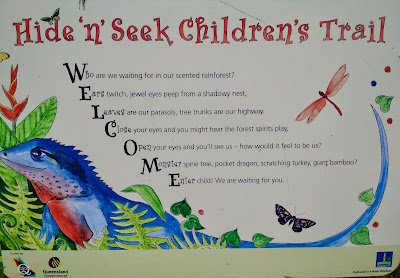


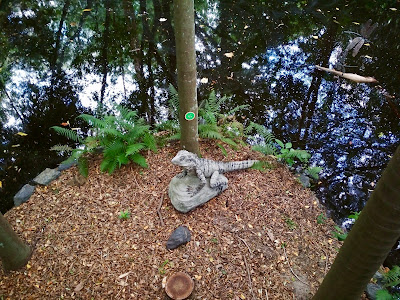







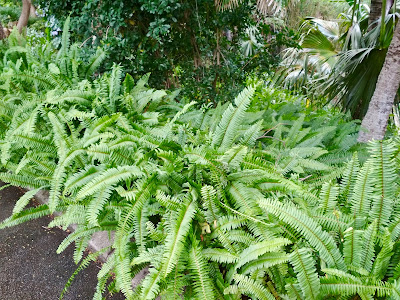






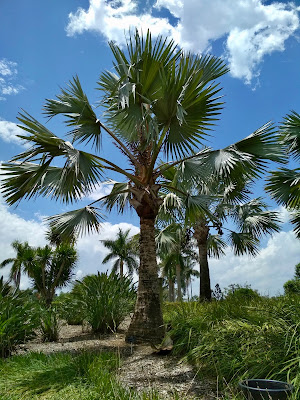

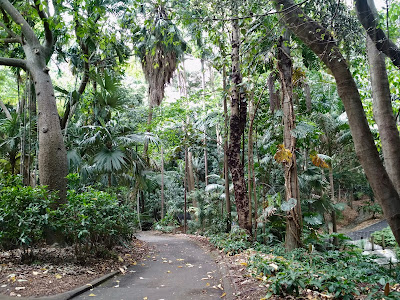


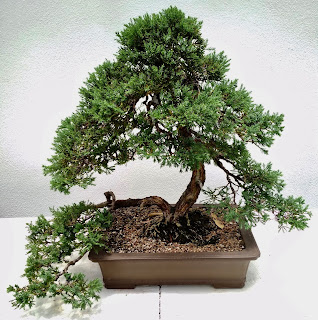










No comments:
Post a Comment